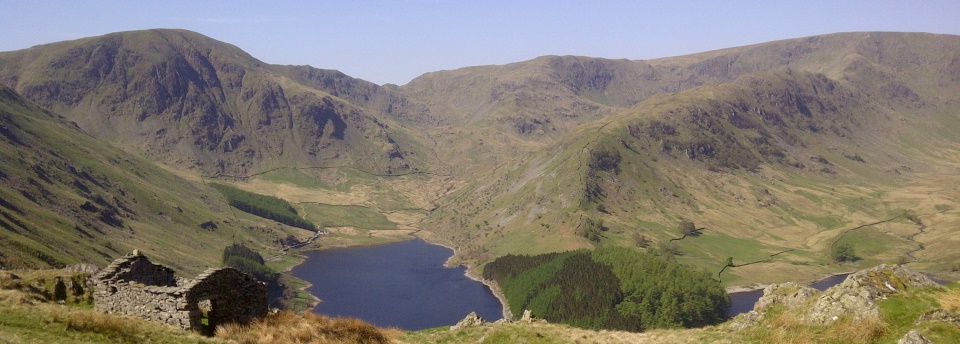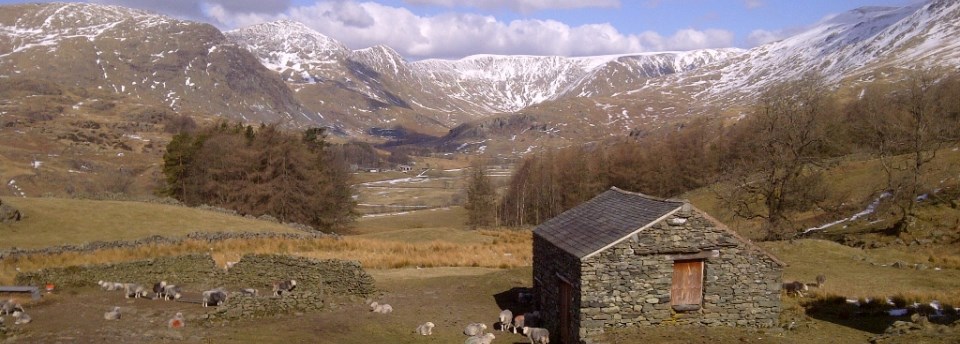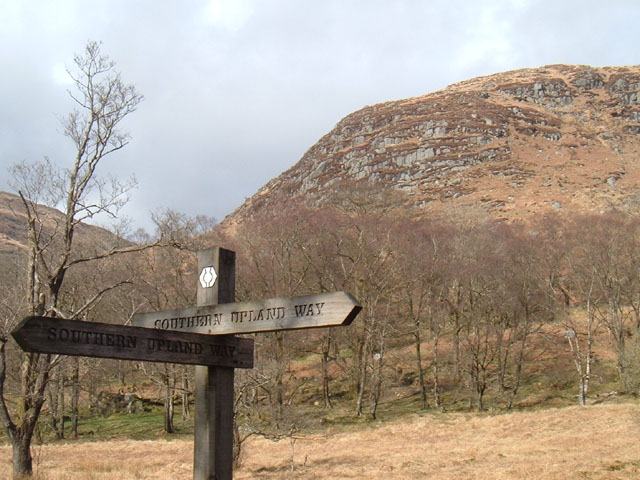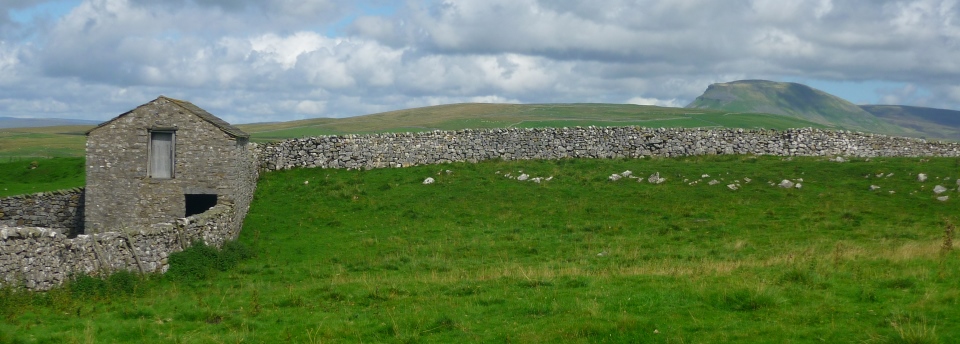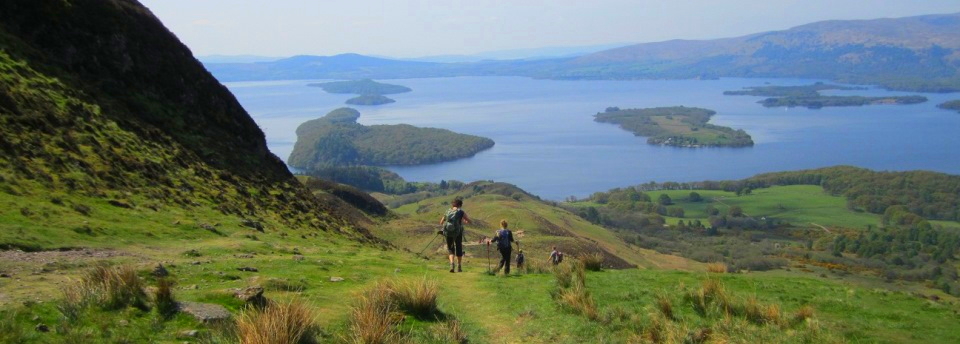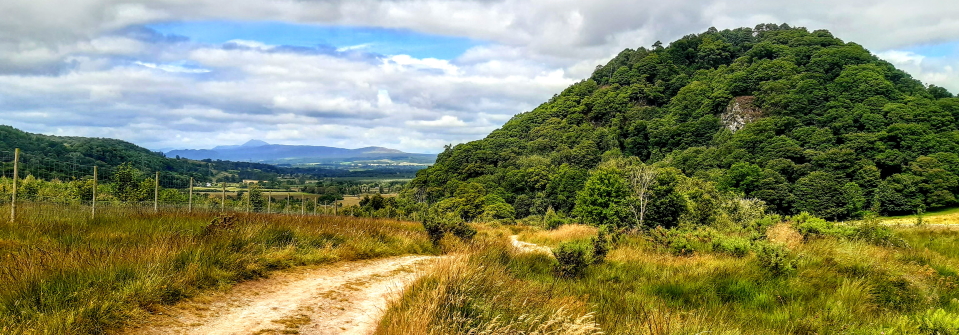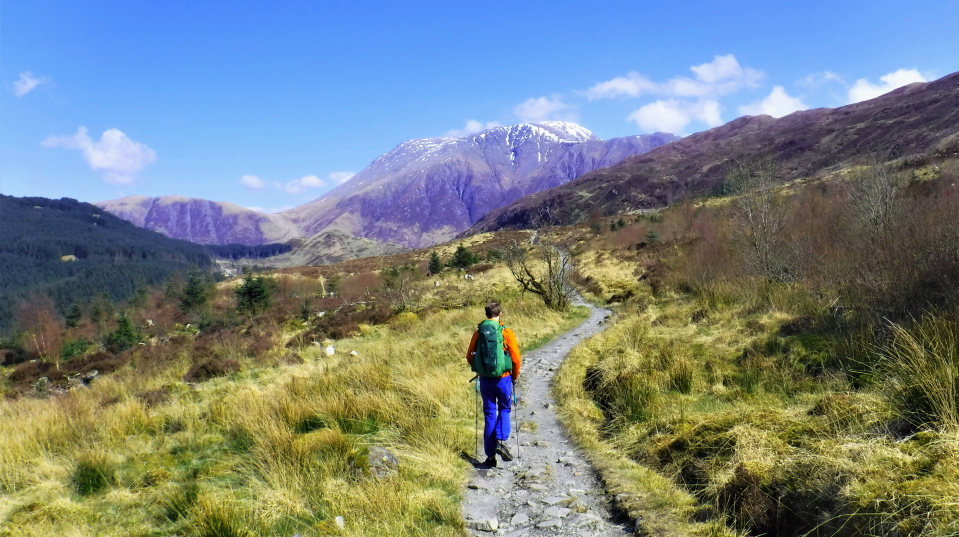The route
Glasgow city centre to Milngavie (optional)
The link path from Glasgow city centre to the official start of the WHW in Milngavie makes a fascinating half-day or short whole day’s walk. Contrary to what you might think, the walking is not along main roads and through residential streets, but instead follows a riverside path for much of the way. Starting from Glasgow Central station the River Clyde is followed initially. Later reach Kelvingrove Park in the West End and follow the River Kelvin through the city to the outskirts. Now in open fields, switch to the Allander Water and follow this into the self-contained and prosperous suburb of Milngavie.
Milngavie to Drymen
The official start point of the West Highland Way is in the central street of Milngavie near shops, bakeries and banks. Within 100 metres’ walk you are on a path heading into Mugdock Country Park where gentle walking among trees takes you to more open country. Pass Craigallian Loch on a wide track, then Carbeth Loch, coming to a sudden wide panorama of your route ahead. Drop down into the valley in the shadow of Dumgoyne in the Campsie Fells. On a long flat section along the old railway line pass Glengoyne Distillery and later reach the road at the hamlet of Gartness. Along lanes come to the pretty and practical village of Drymen with its neat central green.
Drymen to Rowardennan
Set off from Drymen for Conic Hill, at 361m the highest point in the Southern half of the Way. After easy tracks through Garadhban Forest arrive at the foot of Conic Hill and ascend to its summit for great views. Loch Lomond is now well seen. The route drops down steeply to the small village of Balmaha on the shores of Loch Lomond. The second half of today’s stage follows the shoreline of the loch, diverting a few times and climbing up and down over small rises. Views are excellent. Reach the hamlet of Rowardennan and enjoy the view North down the loch from the striking war memorial, a circle of stone containing a pyramid.
Rowardennan to Inverarnan
Forest tracks continue the route North from Rowardennan and rise gently high above the loch shore. Later the track ends and a winding, undulating footpath in trees brings you back to the water and to Inversnaid. See across the loch at this point to the group of mountains known as the Arrochar Alps. Carry on from Inversnaid, past Rob Roy’s Cave. More lochside walking leads to an ascent past the small hill of Cnap Mor at the head of the loch. Finally reach Inverarnan beyond fields and across the River Falloch.
Inverarnan to Tyndrum
Today’s stage is out in the open for large stretches and takes at last to the high mountain scenery. Inverarnan is the gateway to Glen Falloch. Follow the glen on easy tracks with the West Highland Line’s trains passing by occasionally. The village of Crianlarich is reached through woods slightly off the main route before taking again to the woods in Strathfillan. Tyndrum is ahead and has lots of facilities for the walker. More beautiful villages are yet to come but here is a great place to relax and restock. You might well have time to walk the easy section to Bridge of Orchy this afternoon.
Tyndrum to Kingshouse
The majestic sight of Beinn Dorain, a cone in appearance from the South, is a highlight of this stage. Leaving the staging post of Tyndrum there is a sense of setting off into new mountainous country. Bridge of Orchy is reached along tracks before the Way takes to the woods again for the short crossing to Inveroran. After this last bit of civilisation it’s time to tackle Rannoch Moor. Your route skirts the edge of this massive tract of moor, studded with lochans and bogs. At points there is no civilisation to be seen. End the day by dropping down to Kingshouse, an isolated spot on the edge of the Moor.
Kingshouse to Kinlochleven
From Kingshouse set off for what will be the West Highland Way’s highest stage. First pass along the valley floor and under the huge cliffs of Buachaille Etive Mor, a mountain familiar from countless postcards. Climb up the Devil’s Staircase, actually quite a simple path, to a surprising view of the country ahead. See down to Blackwater Reservoir and across to the Mamores and Ben Nevis. Now it’s time to descend on a long twisting track to Kinlochleven, the village at the head of Loch Leven which makes an ideal stop for the night.
Kinlochleven to Fort William
The final stage leaves the shelter of Kinlochleven to climb through woods to reach a high valley. Follow the valley on a track with the Mamores to your right. Drop down to Glen Nevis through forest, arriving near the foot of Ben Nevis having seen the huge bulk of its Western slopes from your trail. Easy valley walking then brings you to the centre of Fort William and the end of your quest. Well done!
 Walking guides – see all our background pages
Walking guides – see all our background pages Affric Kintail Way
Affric Kintail Way Hebridean Way
Hebridean Way Lake District Tour
Lake District Tour Snowdonia Way
Snowdonia Way West Highland Way
West Highland Way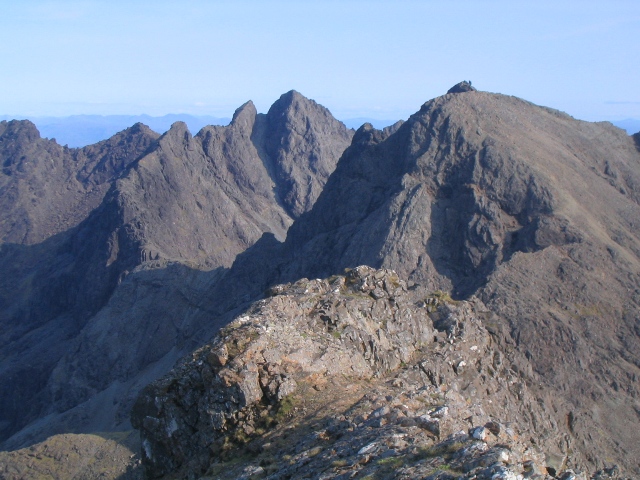
 HBW Hebridean Way
HBW Hebridean Way
